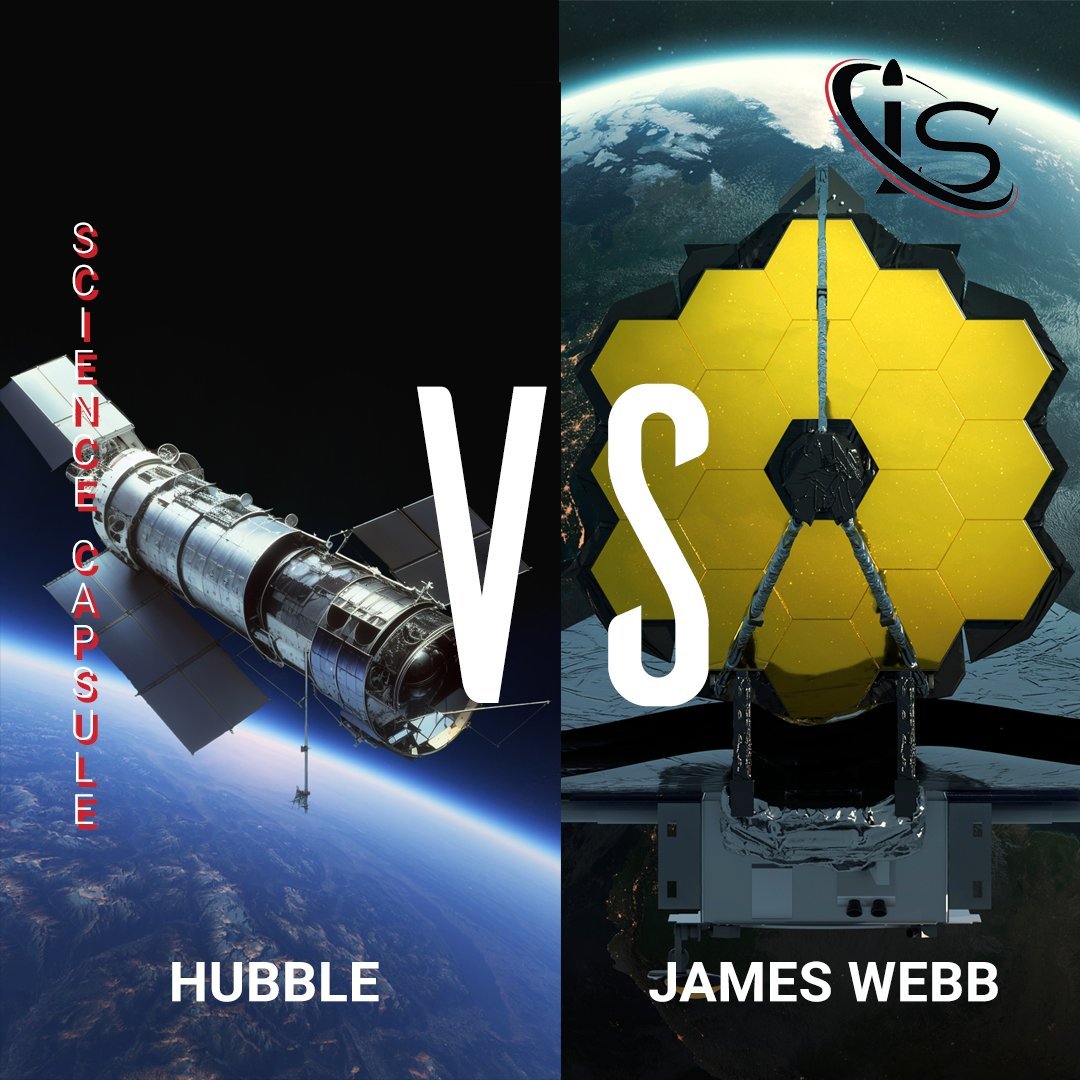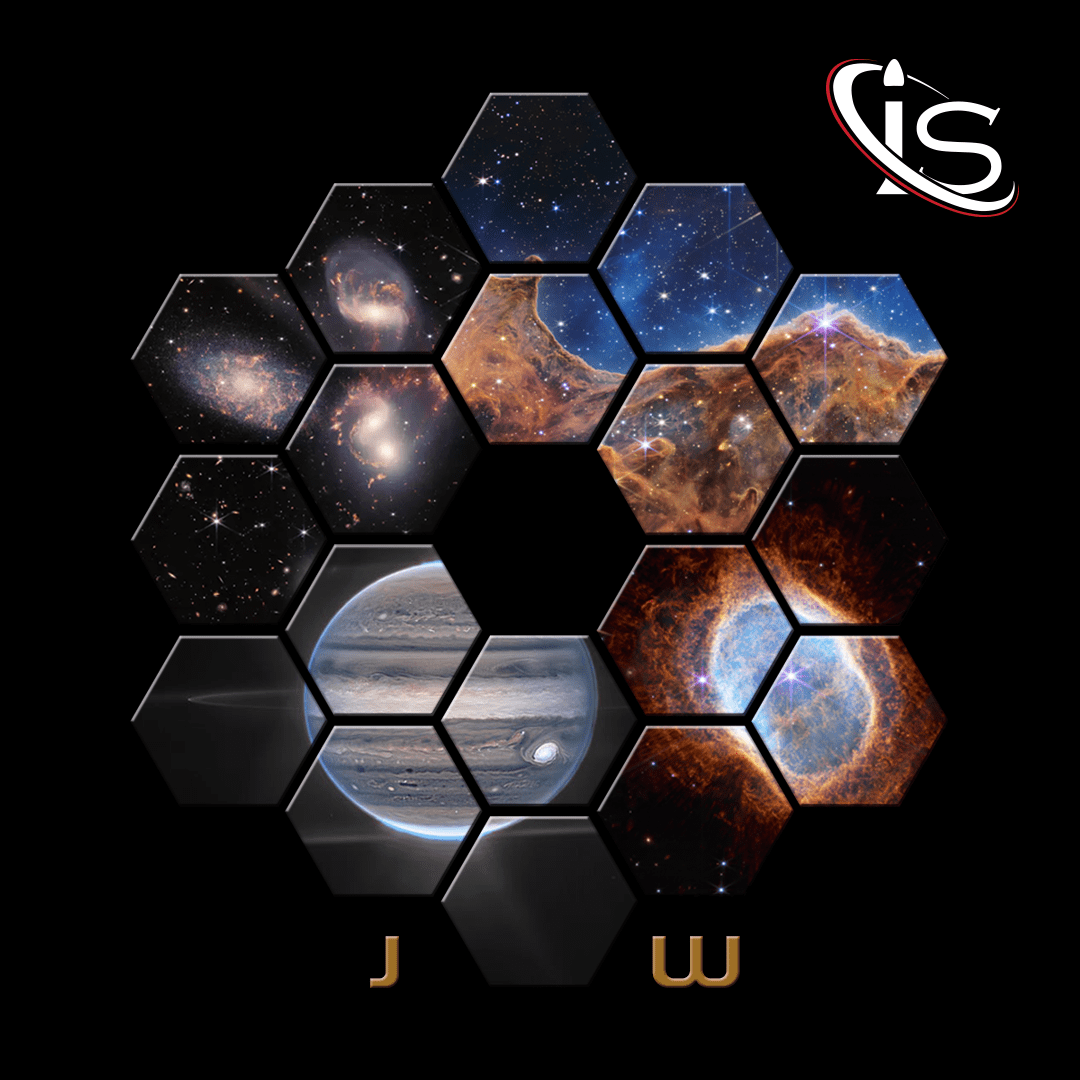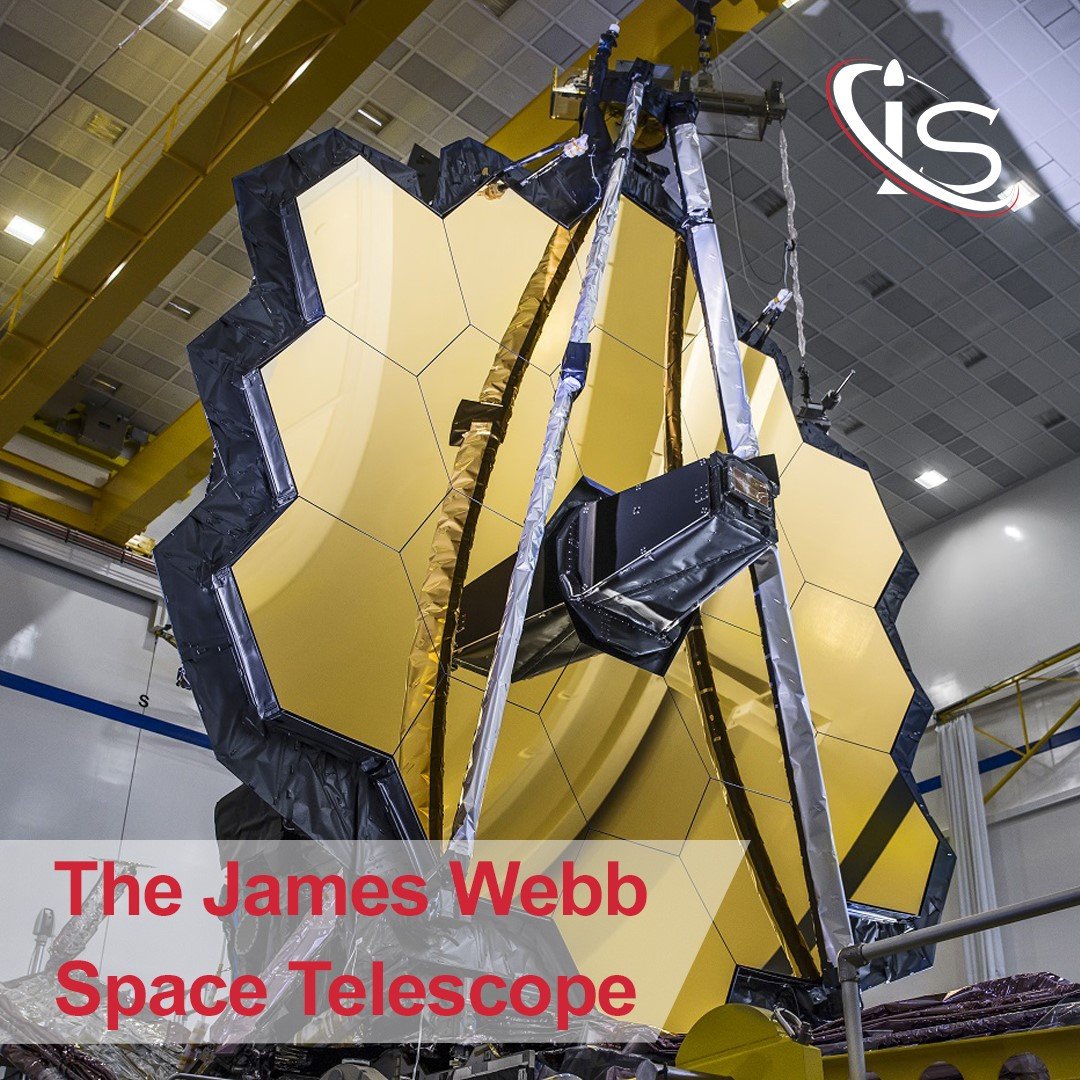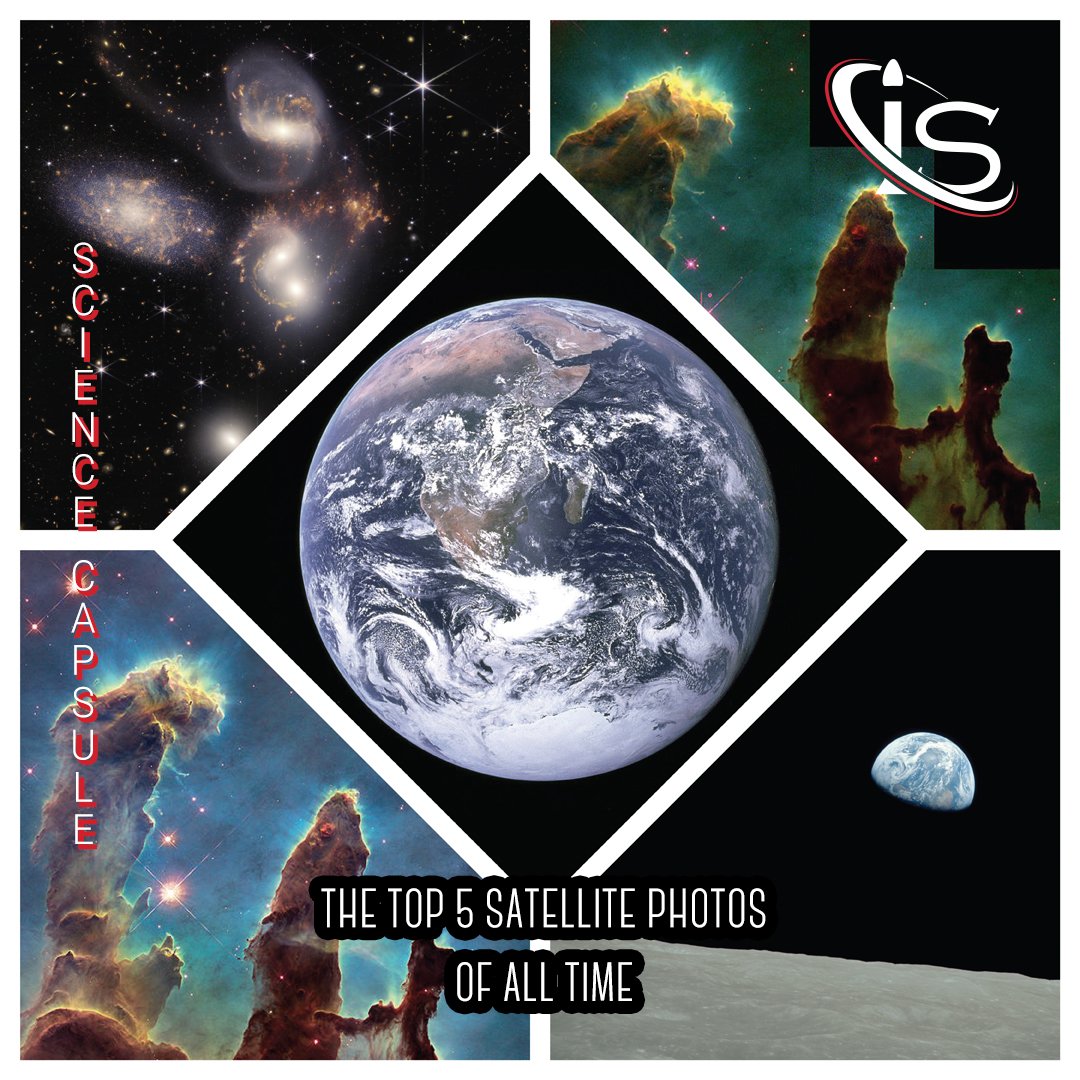Hello and welcome back to another update on the most sophisticated telescope ever created. It has been almost a year since James Webb first launched on December 25th, 2021. Last time we talked about how James Webb Space Telescope provided us with a new look at a star cluster, which might lead to a whole new understanding of how stars form! This time, we are going to be switching our attention to something much smaller than a star, but with a name that exudes grandeur. I am of course talking about Saturn’s largest moon, Titan.
Ironically, I was planning on doing a separate science capsule on this, in the now monthly “Stroll Through the Solar System”. However, I might have to revise that, as this James Webb update could serve the goal of exploring such a monumental moon even better. So, without further ado, let’s take a look at what this telescope has in store for us.
A New Look at an Old Friend
To start this off, I should say that most of this information is coming from NASA, who has specifically stated how this is an ongoing study and has not gone through the process of peer review as of yet. So, this might not be the full picture. Regardless, there is a lot of fascinating info to go over, so I think this will be a worthwhile endeavor, nonetheless. But first, let’s go over what makes Titan so special.
The most important feature of this satellite is the presence of rivers, seas, etc. This is quite literally a unique trait of Titan, as it is the only moon to exhibit such characteristics. Furthermore, it is the only celestial object with all these liquid bodies in the whole Solar System. Outside of Earth, of course. Notice also that I said liquid bodies and never mentioned water. That is because these features are made up of hydrocarbons, such as methane and ethane.
Titan also exhibits a very dense atmosphere, again a unique trait amongst the moons in our galactic neighborhood. This atmosphere consists of a thick haze, which obscures the visible light reflecting off its surface. Due to this, Titan has been hard to fully observe. It should come as no surprise, then, that scientists look forward to the new look that James Webb will provide for this moon, in large part thanks to its infrared technology.
In fact, the hope had always been to use the Webb telescope to observe Titan more in depth, including the areas of its surface with different albedos.
Cloud City
The first images from James Webb’s Near-Infrared Camera, the NIRCam, showed two clouds, the first of which was a large one over the Northern Hemisphere. These clouds hold great significance, as they confirm what scientists have believed to be the climate on Titan for years. However, those predictions were all based on computer models, whereas the Webb telescope has finally provided tangible proof. To be more specific, the computer models suggested the formation of these clouds based on the available information on Titan’s atmosphere. The fact that they were found over the northern hemisphere during its “summer” is further proof of the accuracy of said models.
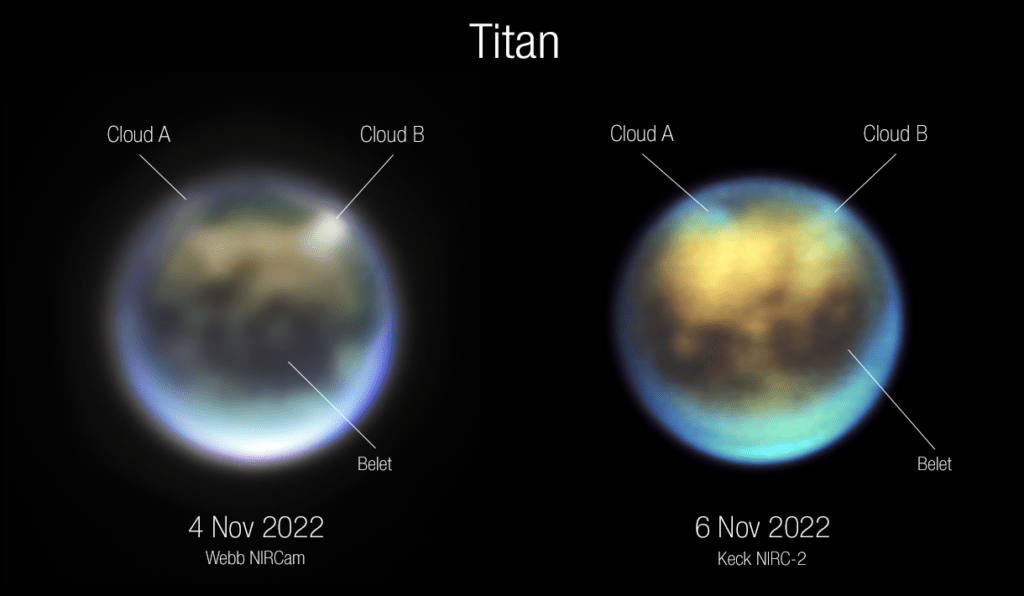
After the initial discovery, a team of scientists, led by Conor Nixon, examined the clouds at a later time to observe if and how they had changed. These observations showed that the clouds had not moved, but they had morphed shape. Another expert, Juan Lora, stated “We can’t be sure the clouds on November 4th and 6th are the same clouds, but they are a confirmation of seasonal weather patterns.” So, of course, more research will be conducted on this matter; but, the fact that Webb made these studies possible in the first place is pretty astonishing.
A Whole New Data World
With its Near-Infrared Spectrograph, the NIRSpec, James Webb will enable us to observe portions of Titan’s lower atmosphere, as well as its surface, in ways that were previously unavailable. This is because the telescope will use its position, as well as this new technology, to pick up wavelengths that are undetectable from Earth.
And NIRSpec and NIRCam are not the only new data collection tool aboard. By May, 2023, James Webb should have even more data on Titan through its Mid-Infrared Instrument, or MIRI. Through MIRI, scientists will be able to discern more about the complex gases that populate Titan’s atmosphere. Needless to say that, as a fan of exploring other celestial bodies and their atmospheres, I am very much looking forward to these upcoming findings.
Miscellaneous Updates
Before ending our capsule, I would like to mention some of the other discoveries made by the James Webb Space Telescope. First off, the so-called “Pillars of Creation”, the star cluster made famous by Webb’s predecessor, the Hubble Telescope, are still being observed in hopes that they can shed even more light on how stars are born. Once again, the infrared technology aboard is of paramount importance here, as it provides us with a whole new look on this birthplace of stars.
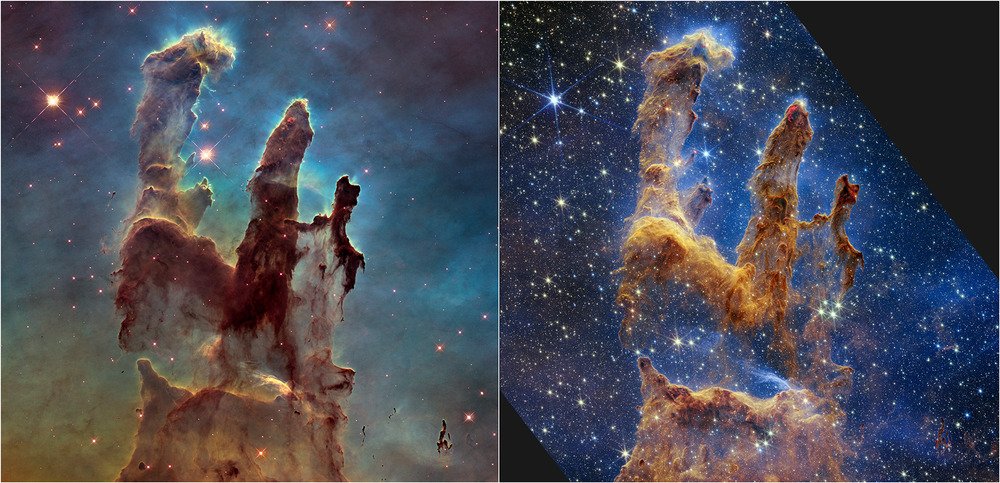
Speaking of Hubble, NASA has multiple images comparing the photos captured by Hubble and the James Webb Space Telescope. Some of my favorites have to be the ones on the subject of the first part of this capsule, Titan. Not only are the new Webb images a revelation but combining them with the already incredible Hubble ones makes for an even clearer picture. Really, all the JWST ones are just so fascinating to see that I really do recommend taking a gander at them.
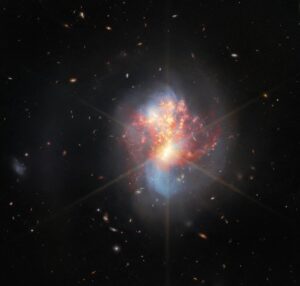
Forever Together
The final update from James Webb that I would like to mention is the images captured of two galaxies currently merging together. The picture I have seen of this phenomenon is just spectacular, as the star formation tendrils that connect them emit the perfect wavelength for this amazing machine to pick up. That is because they shine really brightly in the infrared frequencies, which, as we know by now, are James Webb’s forte.
I again recommend seeing this picture for yourselves, but I will still provide a brief description, if for no reason than to entice you further to check this out. The photo shows the two galactic cores and how they are moving closer together. The star forming regions are around these two with a particularly bright spot being to the right of the top core. Interestingly, the top galaxy is the one that has been distorted the most, while the bottom one is mostly retaining its usual spiral structure.
Until Next Time
I believe that concludes our time together for today. I hope you enjoyed learning more about what this incredible telescope has been up to. As for any future updates, fret not, as I will be covering them right here at impulso.space. These capsules usually come out on Wednesday, so you can make this one of your weekly space stops.
Credits
Pillars of Creation (Hubble and Webb Images Side by Side)
SCIENCE: NASA, ESA, CSA, STScI, Hubble Heritage Project (STScI, AURA)
IMAGE PROCESSING: Joseph DePasquale (STScI), Anton M. Koekemoer (STScI), Alyssa Pagan (STScI)
Titan (Webb NIRCam and Keck NIRC-2)
SCIENCE: NASA, ESA, CSA, Webb Titan GTO Team
IMAGE PROCESSING: Alyssa Pagan (STScI)
Webb explores a pair of merging galaxies
ESA/Webb, NASA & CSA, L. Armus & A. Evans; CC BY 4.0 Acknowledgement: R. Colombari
